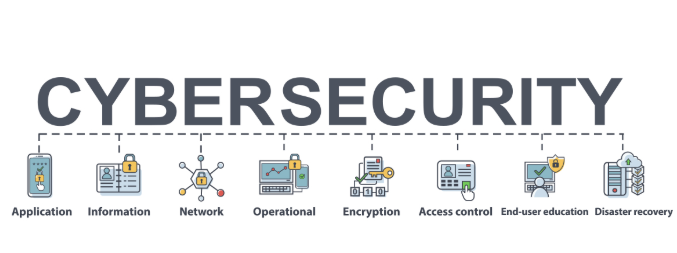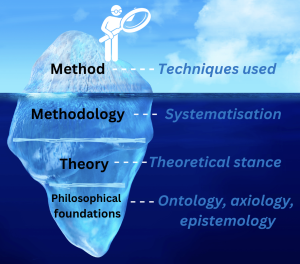The Work of a Data Analyst
Introduction
In the National Initiative for Cybersecurity Careers and Studies, or NICE, they categorize data analytics as under implementation and operations. This categorical field is described as a provider of the administration and maintenance of systems’ efficiency. A more in-depth job description is transforming and interpreting “raw data to make conclusions” to progress workflow(Drury, 2024).
Importance to Society
Data analysis must take an objective approach when deciphering statistical data. By doing this, they reinforce their ethical neutrality or standard for how their research is conducted. This is important because in this position, a crucial aspect of their role is assessing information, which involves many complex and moving pieces. Also known as relativism, because they are looking at a graph and finding patterns or trends. The patterns they detect allow them to rely upon their findings for their agency or company. By practicing parsimony, the act of condensing information to provide a simplified explanation, their companies can effectively use that information towards “optimiz(ing) their performances” given the facts by the data analysis(Drury, 2024).
Data analytics uses archival research, a collection of relevant research, to provide “effective solutions” to improving resources and tools within organizations (Parameshwaran, 2022). Backing up solutions with thorough research that is justified through the study of past behavior, and whether or not the stream of productivity was positive or negative.
Challenges
Due to the workload that comes with the position, the challenges lie in every detail of their work. They work with sensitive information, so privacy is a huge responsibility and requires the upholding of “ethical standards” while avoiding “inaccurate” data (Staff, 2024). Being a foundational position, if their data interpretation and collection misrepresents the true findings, it will damage the project’s integrity. The foundations can’t be wrong, so having to redo them would cost a lot of money because you have to restart. An increasing challenge within this field is the ethical dilemmas of how data is collected. Following the NICE description of implementation and operations, there must be protection of data privacy, but as information gets leaked more and more and is being sold to train and improve companies’ algorithms and sales, that is an invasion of privacy and an ethical situation (Staff, 2024). The range of this field is very wide, so it is crucial for an understanding of the specific business practices that follow the companies that you work for in order to prevent malpractice or insufficient demonstration of information (Dice, 2024).
Conclusion
Data analysis plays a foundational role in developing formulas and plans for companies to improve their programs. Through scientific research methods like using archival research and case studies to compare information, growing the possibilities for solutions. This field requires precision of different complex principles that come from assessing the patterns of past work while making an educational prediction of future work that requires objectivity and relativism. Despite the challenges that drive the difficulty of this workforce, data analysis is important to society because it must work with the numbers to accurately project the status of companies in order to come up with the best solution for maximum productivity.
References
Drury, A. (2024). Data analytics: What it is, how it’s used, and 4 basic techniques. Investopedia. https://www.investopedia.com/terms/d/data-analytics.asp
Staff, D. (2024, November 27). Data Analyst challenges: What you need to know. Dice Insights. https://www.dice.com/career-advice/data-analyst-challenges-what-you-need-to-know#:~:text=Data%20Consistency:%20Inconsistent%20data%20formats,initiatives%20from%20leadership%20is%20crucial.
Parameshwaran, S. (2022, December 20). How data analytics can help deliver social good. Knowledge at Wharton. https://knowledge.wharton.upenn.edu/article/how-data-analytics-can-help-deliver-social-good/




